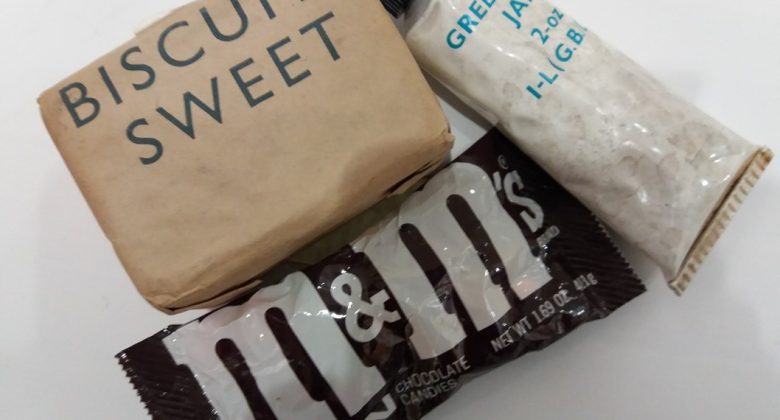By Verity Anthony, Visitor Experience and Collections Manager
Whoever first said ‘An Army marches on its stomach’ was right. I’ve been looking at military rations and how they have changed over time. In the 18th century, in an age of seafaring, the salting of food to ensure its long-term preservation was commonplace, and this is reflected in army rations of the 18th-20th centuries. Though 18th century rations often aimed to provide a soldier with fresh bread and fresh meat, these were often supplemented with salt pork, and hard tack biscuits, or simply flour, when it was not possible to make or get hold of fresh products.
Rations in World War I weren’t much improved (if not worse!); with such a large army to feed, the daily ration for soldiers was 9 ounces (255 grams) of corned beef (known as bully beef) and hard tack biscuits. This was supplemented by the great British staple, tea, as well as, jam, sugar, condensed milk and salt. As the war progressed and it became harder to get supplies through to the front, this ration became less meat and more bread, which was made of potato and even straw.
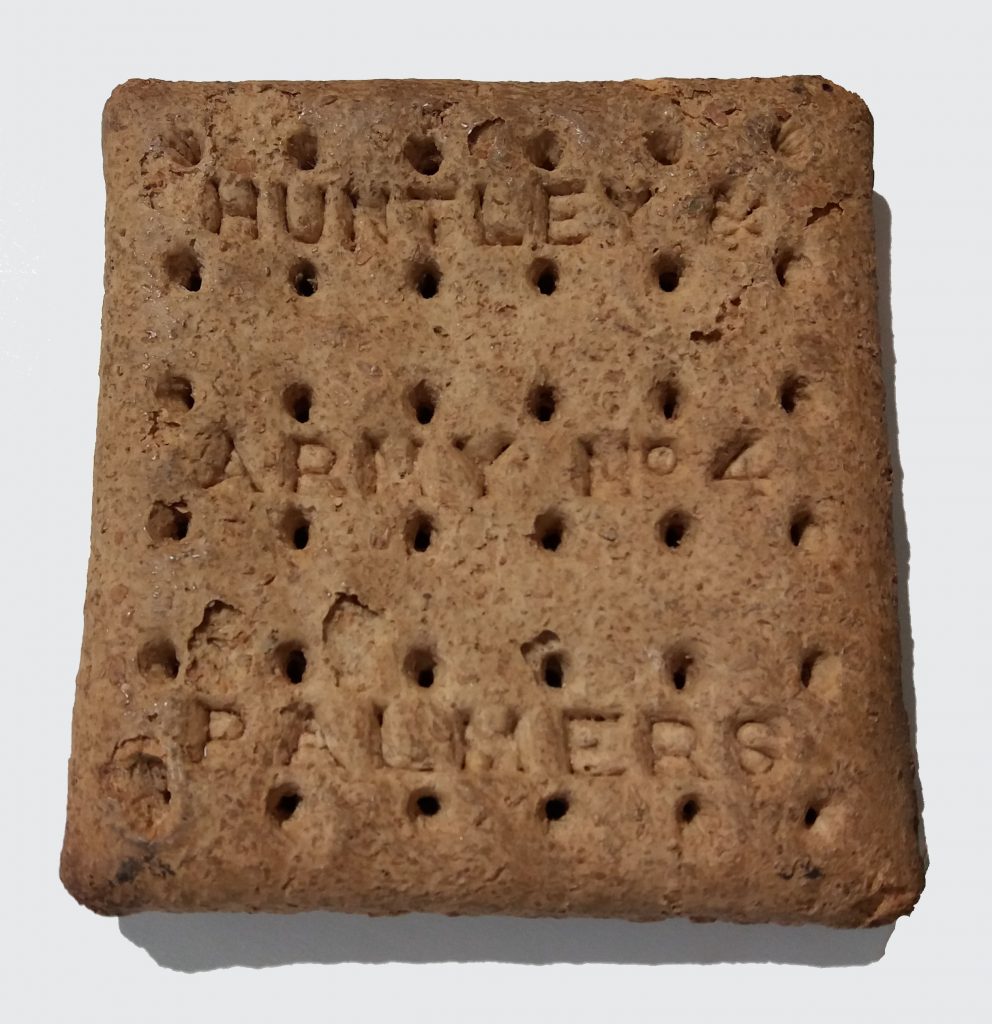
Not the greatest of food to be eating when fighting, but through the worry of a young Princess Mary, and a kind donation by Trinidad, Grenada and St Lucia, soldiers’ diets were supplemented for Christmas with chocolate and tobacco.
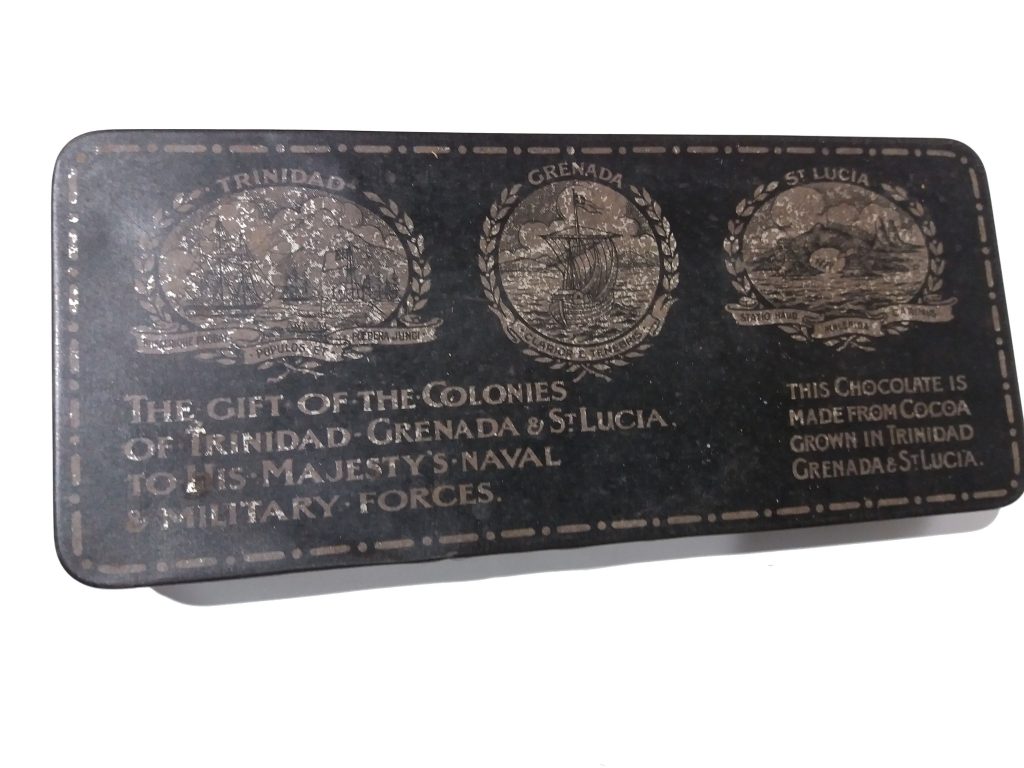
Standard ration packs for troops were not introduced until after WWI. These provided each soldier with a reasonable daily food ration, generally contained within the equipment needed for cooking and eating it.
In WWII, ration packs contained meat, biscuits, chocolate, sweets, oatmeal, meat broth, sugar and of course the essentials…a tin opener, matches and toilet paper!
As technology has developed, so has the military’s ability to feed their soldiers something more akin to normal meals. With the advent of freeze-drying food, the possibilities of what could be offered to soldiers expanded… but of course, some things never change, and there’s always space for jam, biscuits and chocolate.
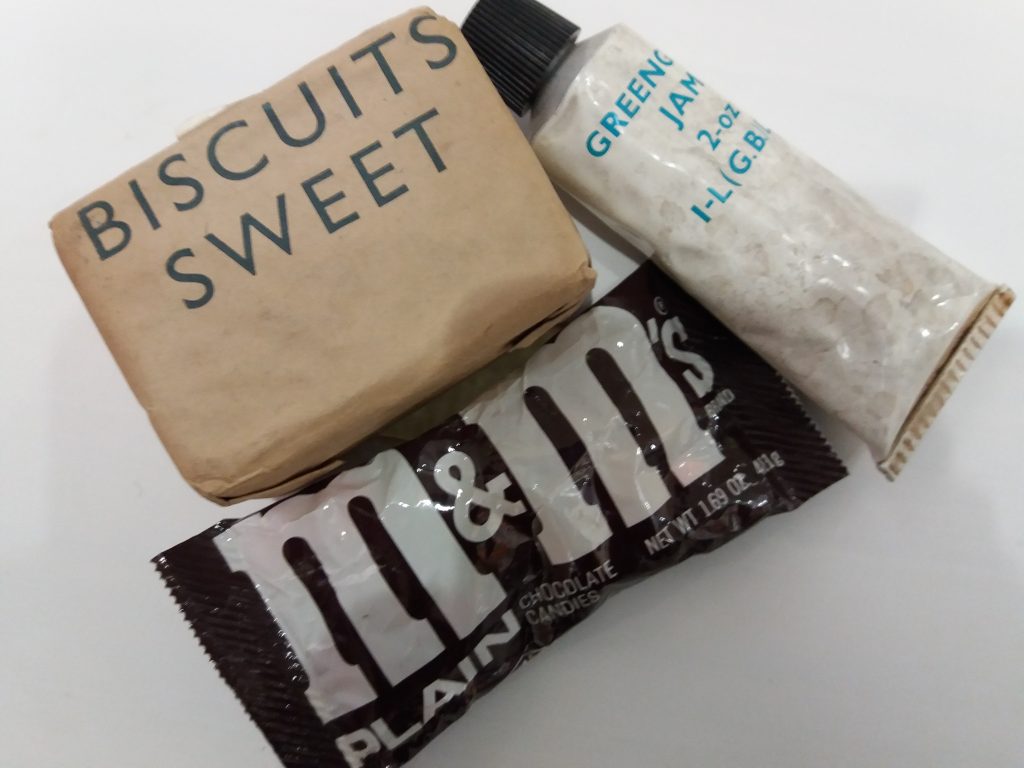
Today rations are produced in a range of different menus to give soldiers some choice and variety in what they eat, and are also produced for a range of dietary and religious requirements.
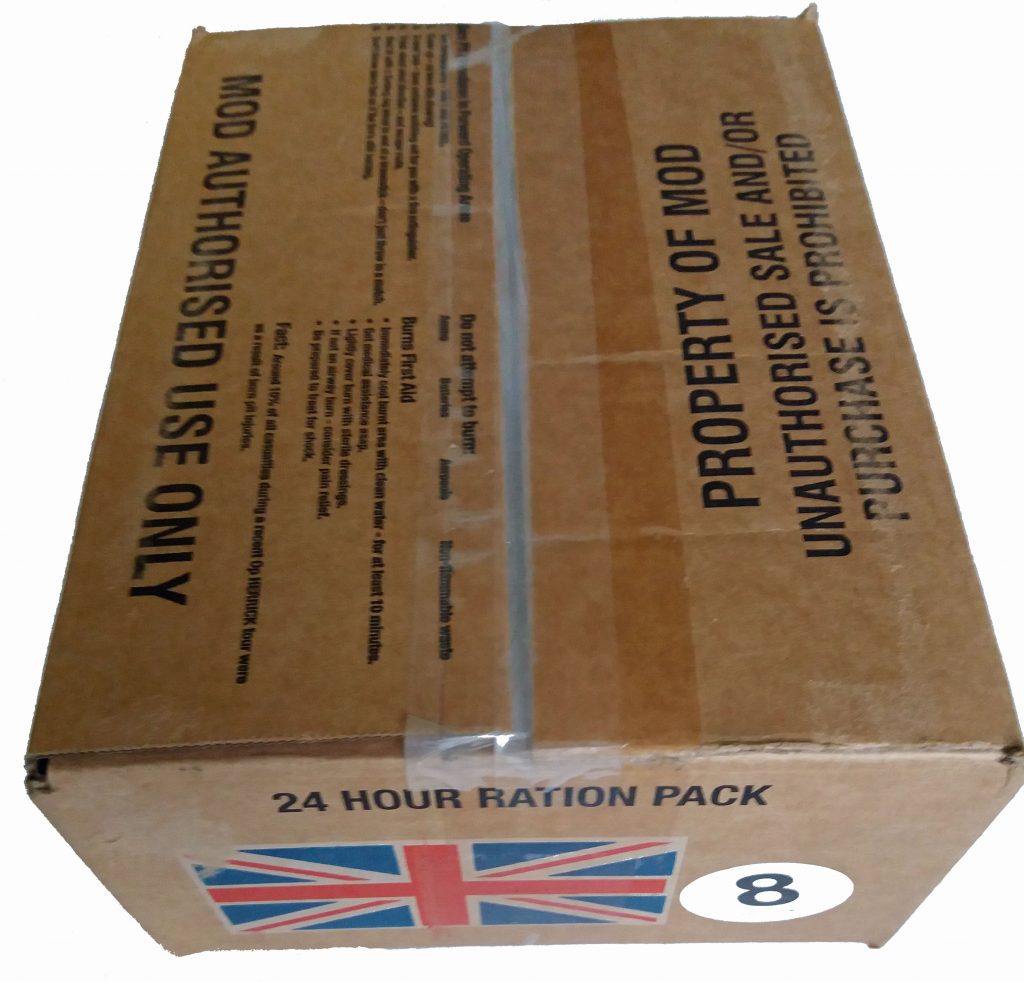
Each Menu 8 24 hour ration contains: Cinnamon Bun, Thai Style Chicken Soup, Chicken Masala with Rice & Potato, Coconut & Cherry Flapjacks, Hot Pepper Sauce, Mango/Banana/Apple fruit puree, Smooth Peanut Butter, Tuna in Light Mayonnaise, Biscuit Fruit, Caramel Cereal Bar, Grapefruit flavoured Boiled Sweets, Tropical Fruit & Nut Mix, 4 assorted fruit flavoured powdered drinks & a Hot Chocolate.
By Verity Anthony, Visitor Experience and Collections Manager.
If you’re interested in rations, take a look at some of our previous blog posts:
Former object of the Month – Military M&M’s from the Light Infantry collection
Deborah Vosper’s article about WW2 rationing
Object of the Month for December, 2017: The Princess Mary Gift Tin

